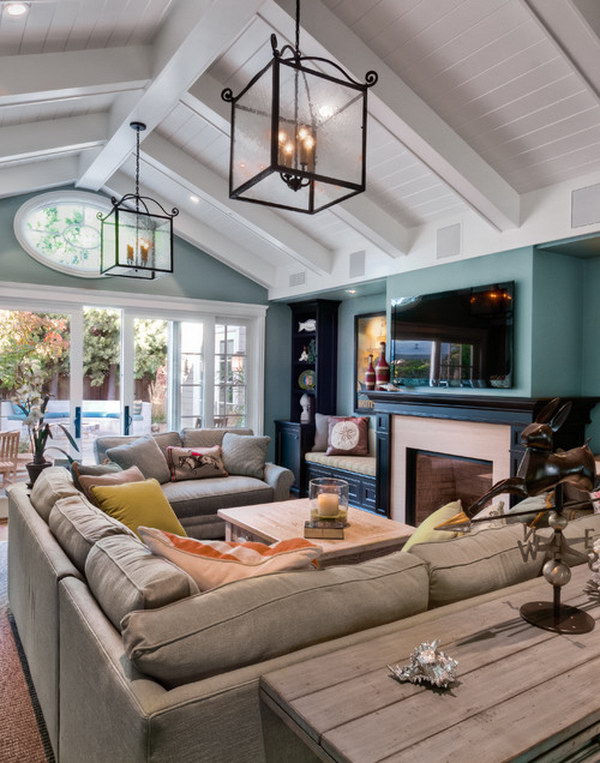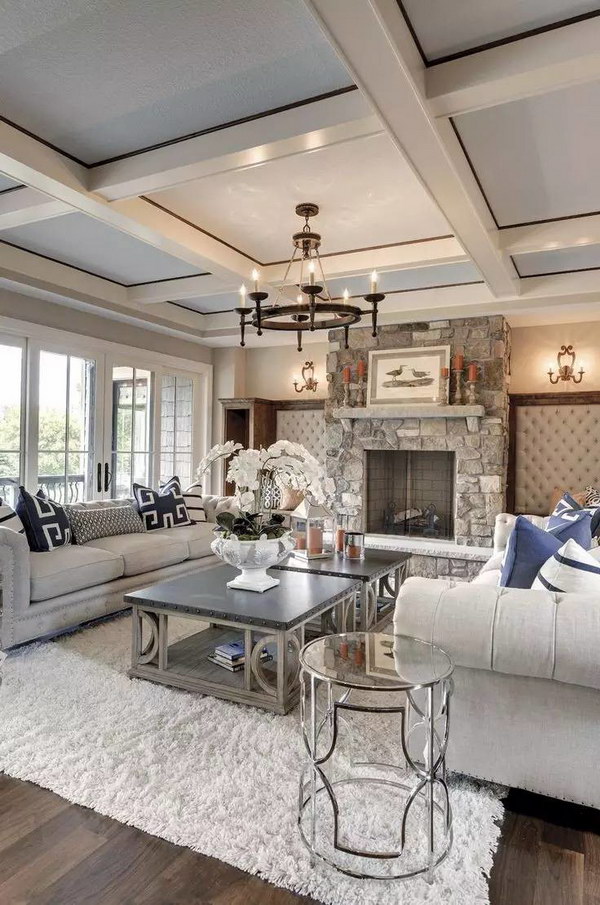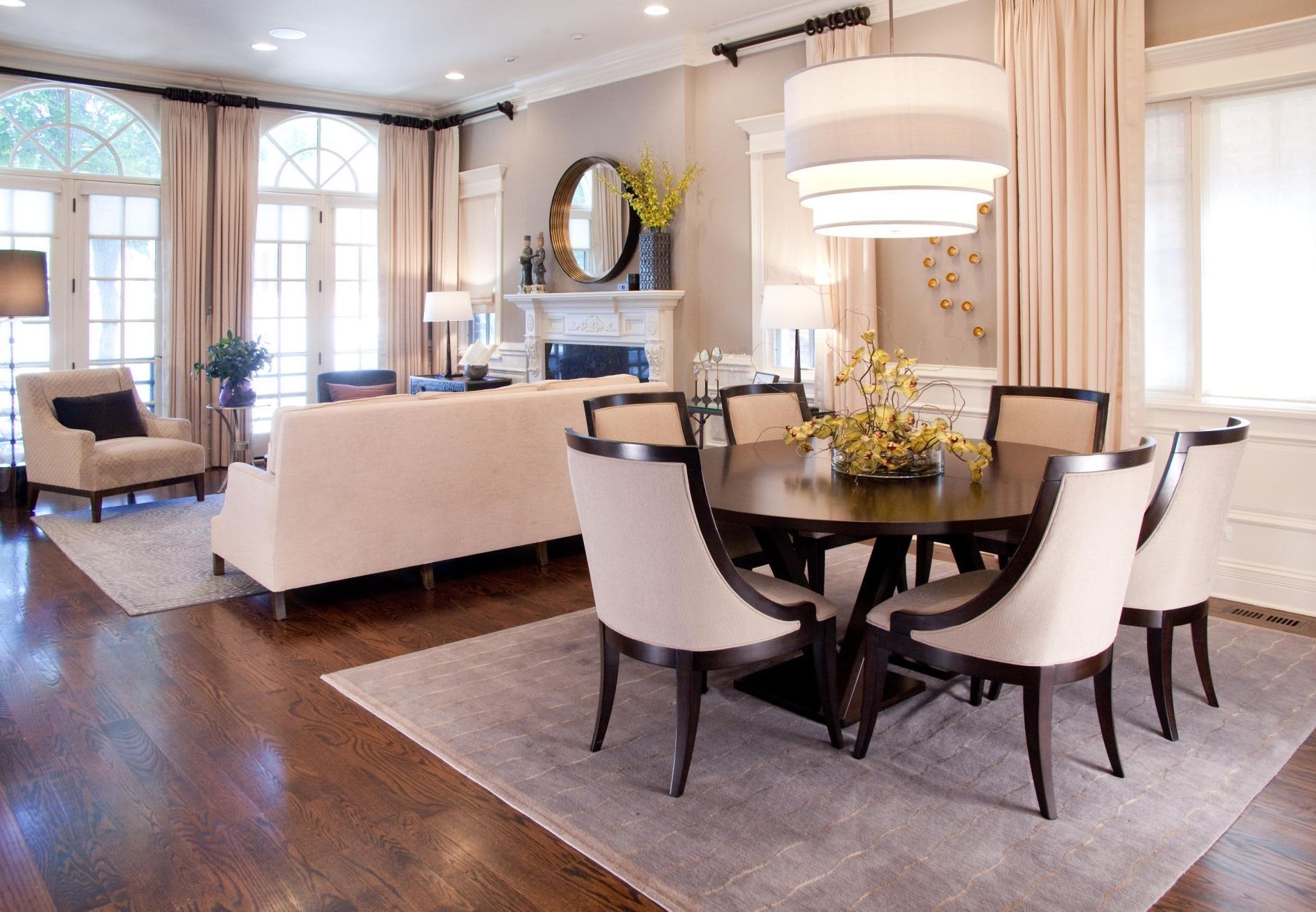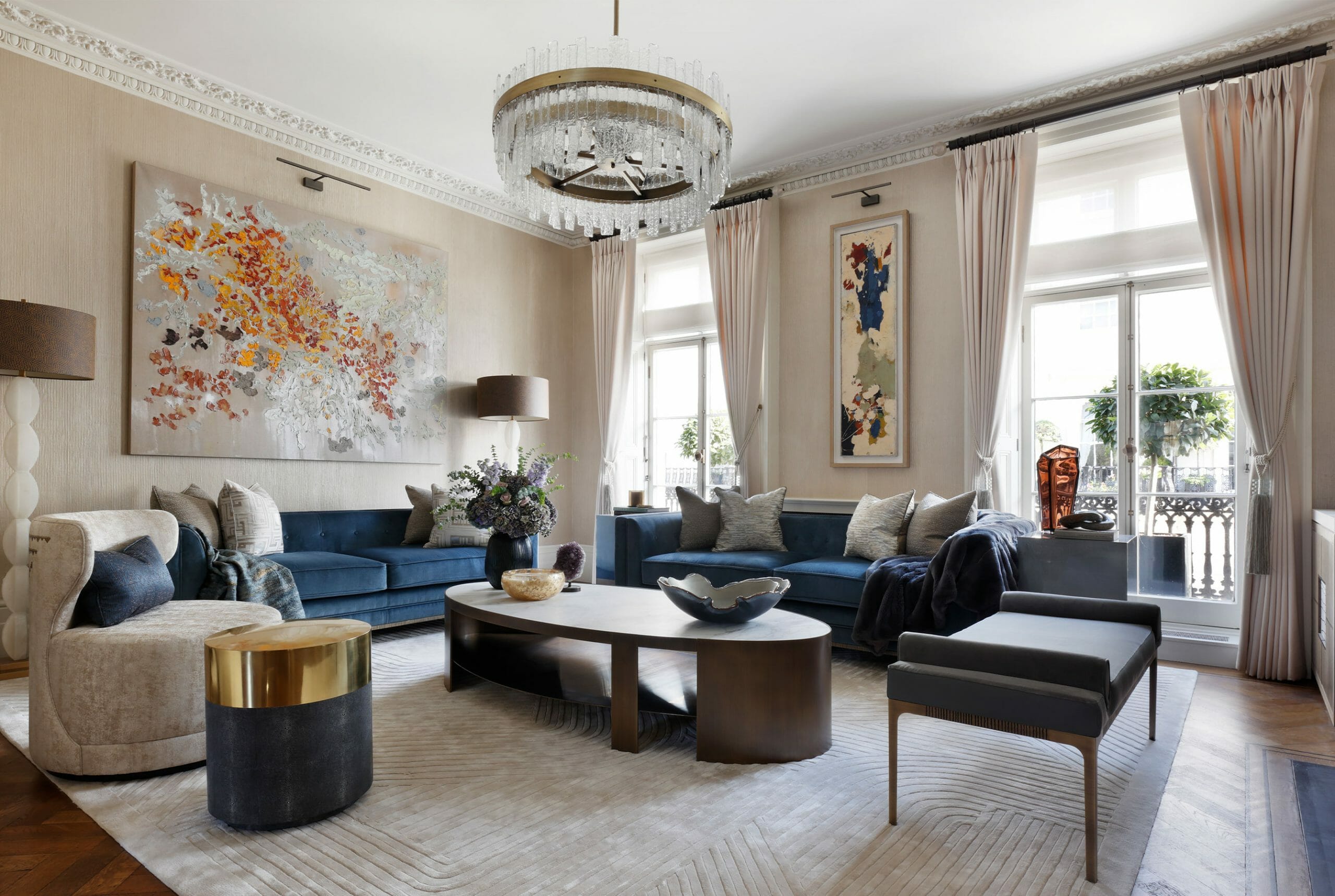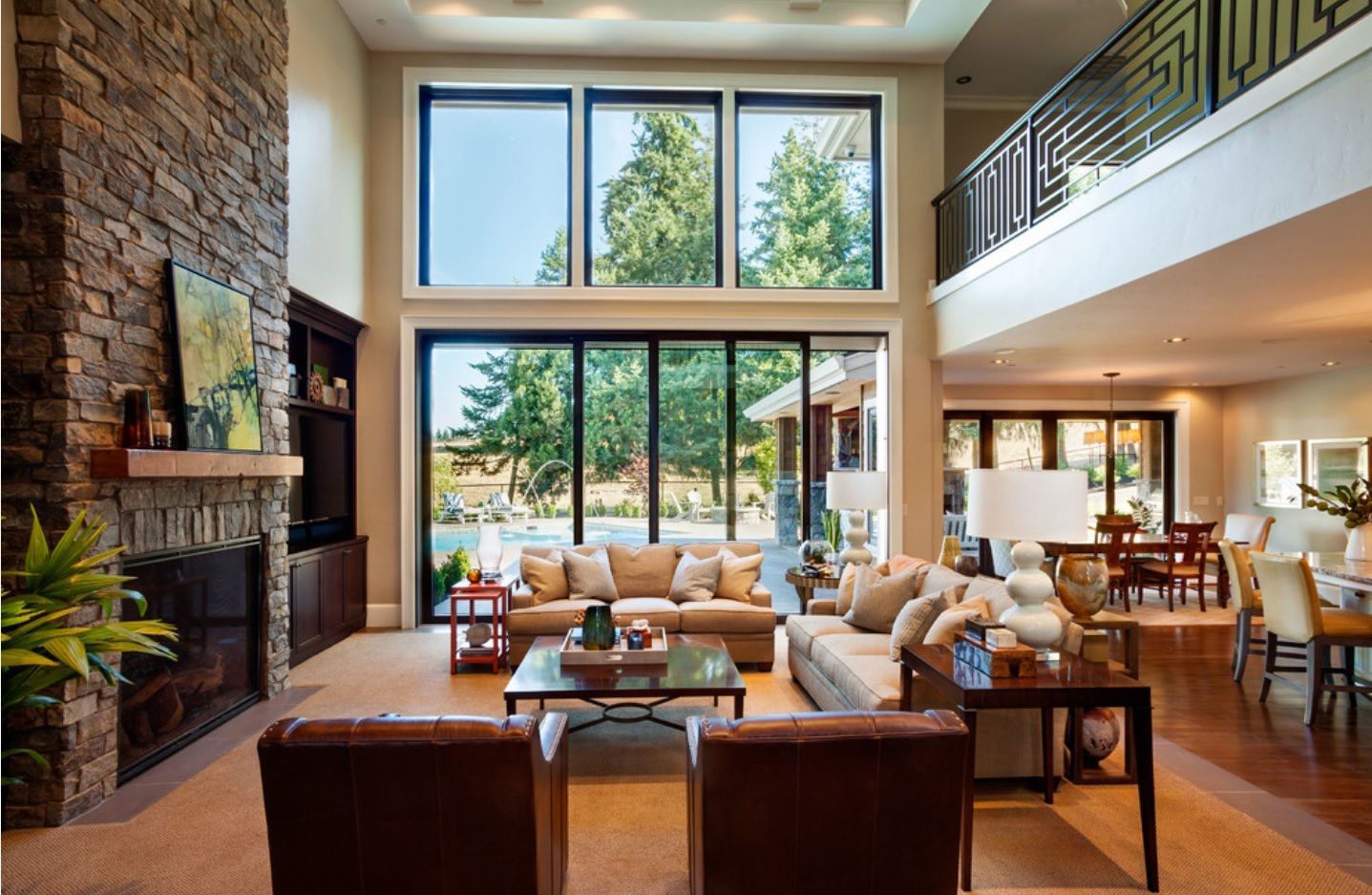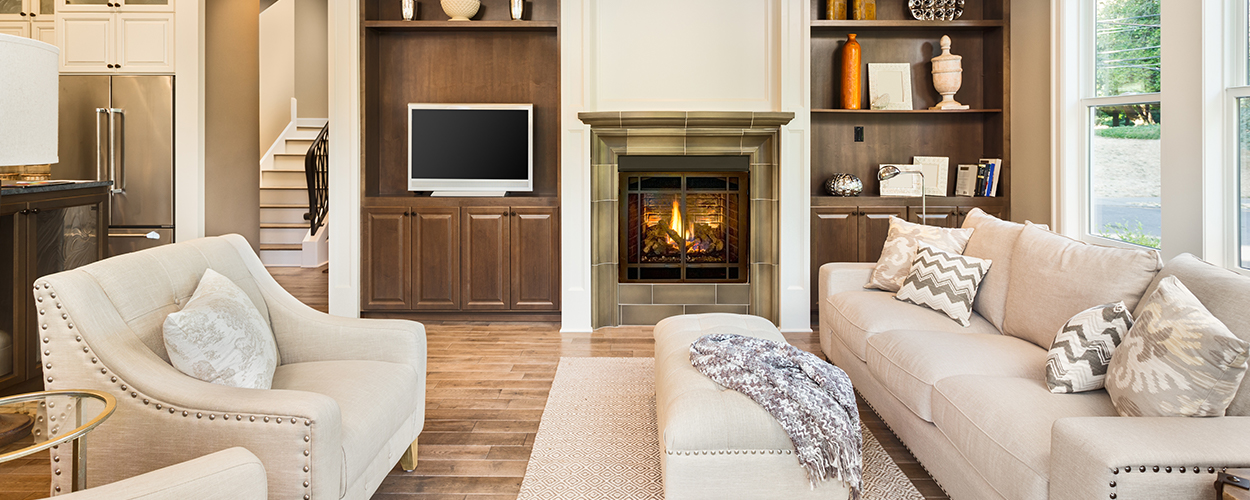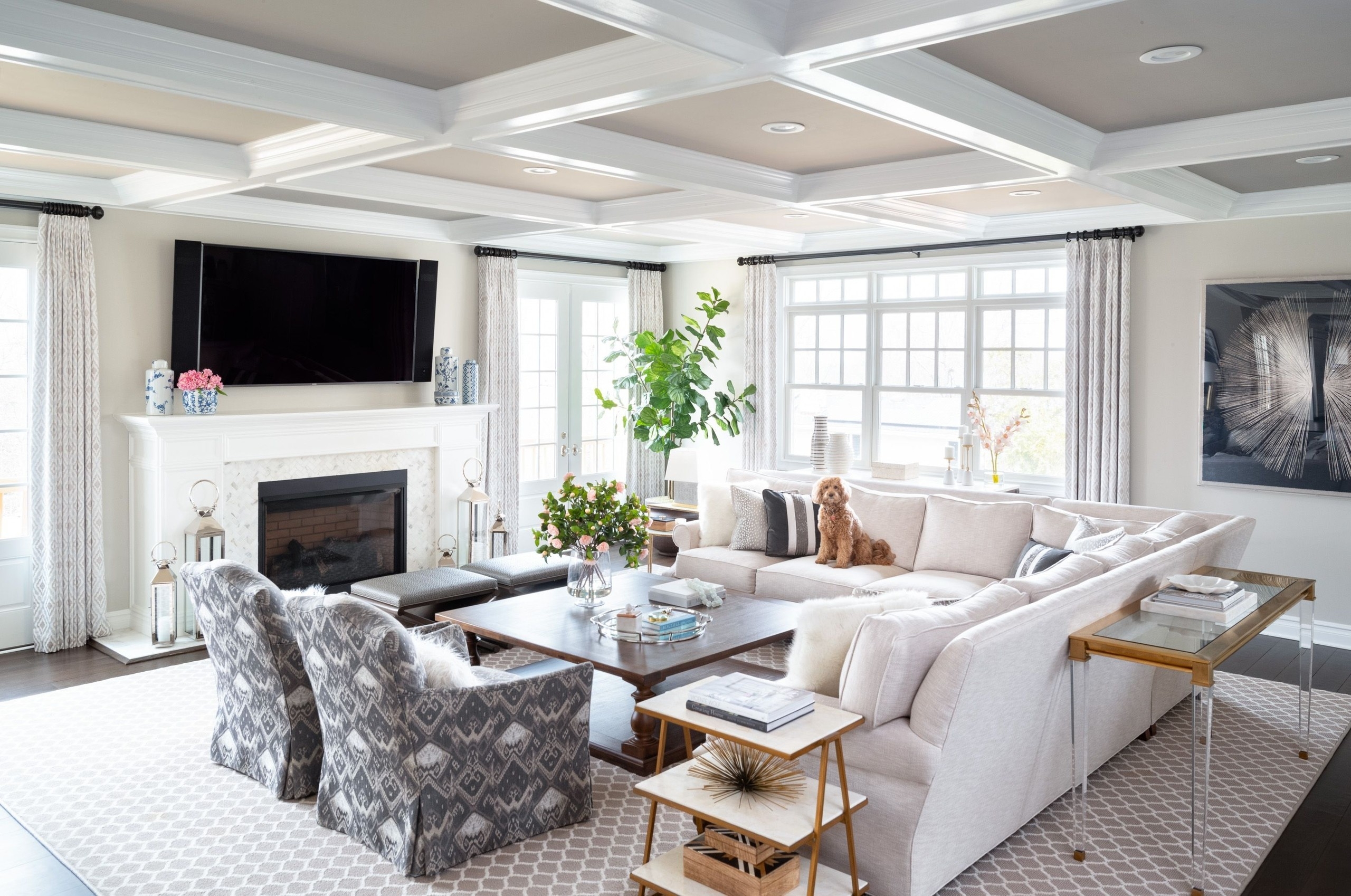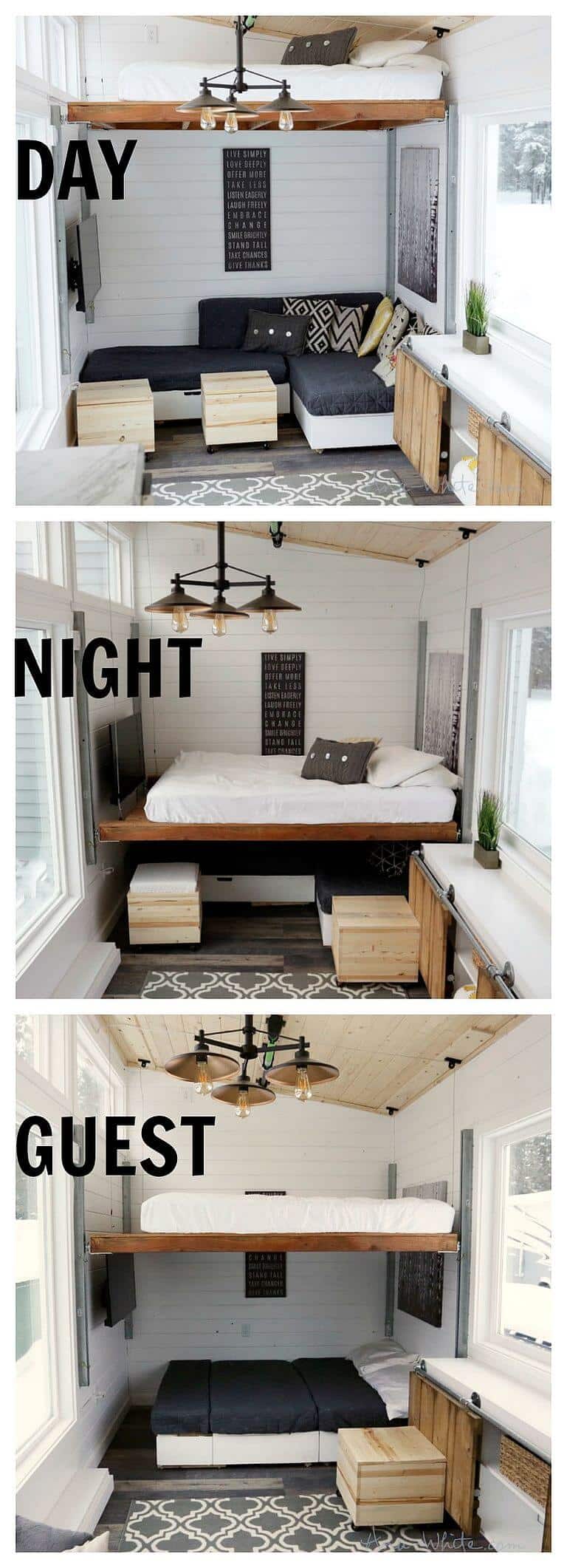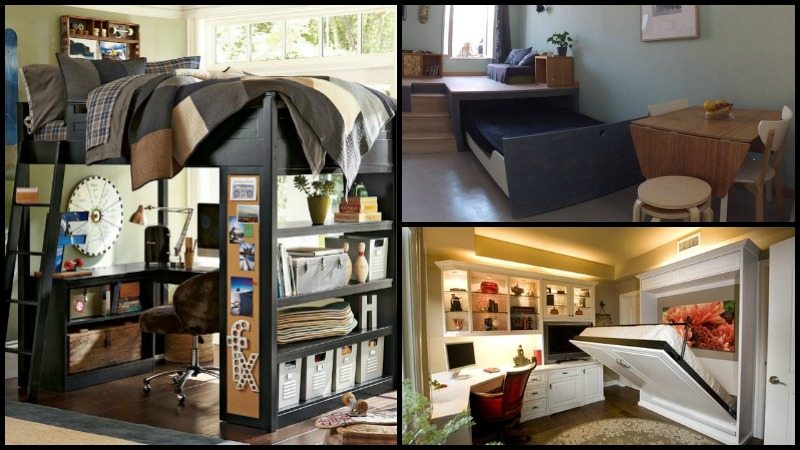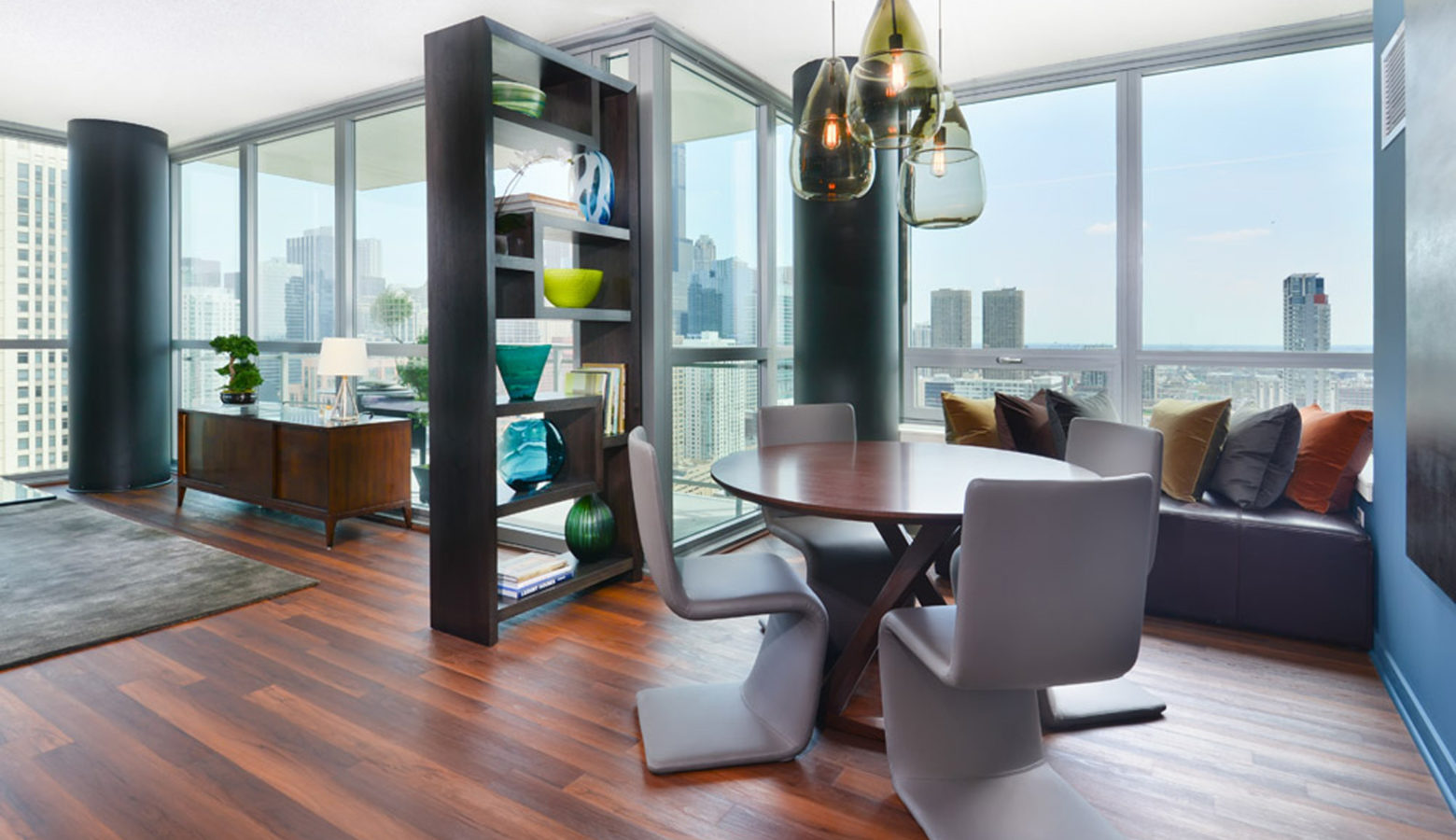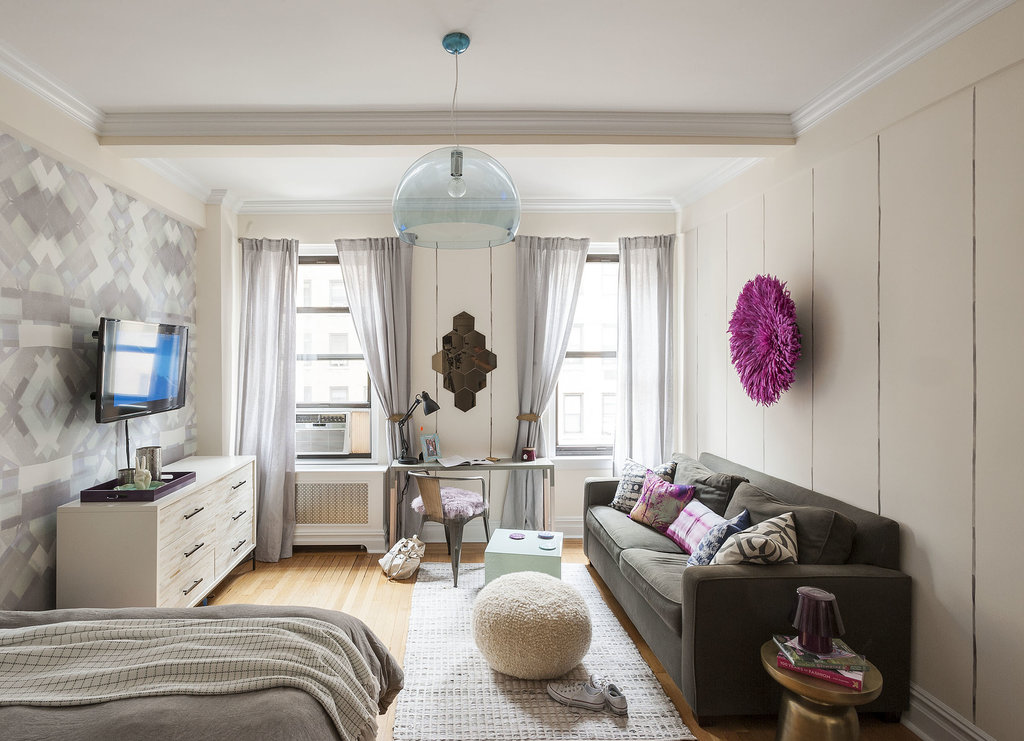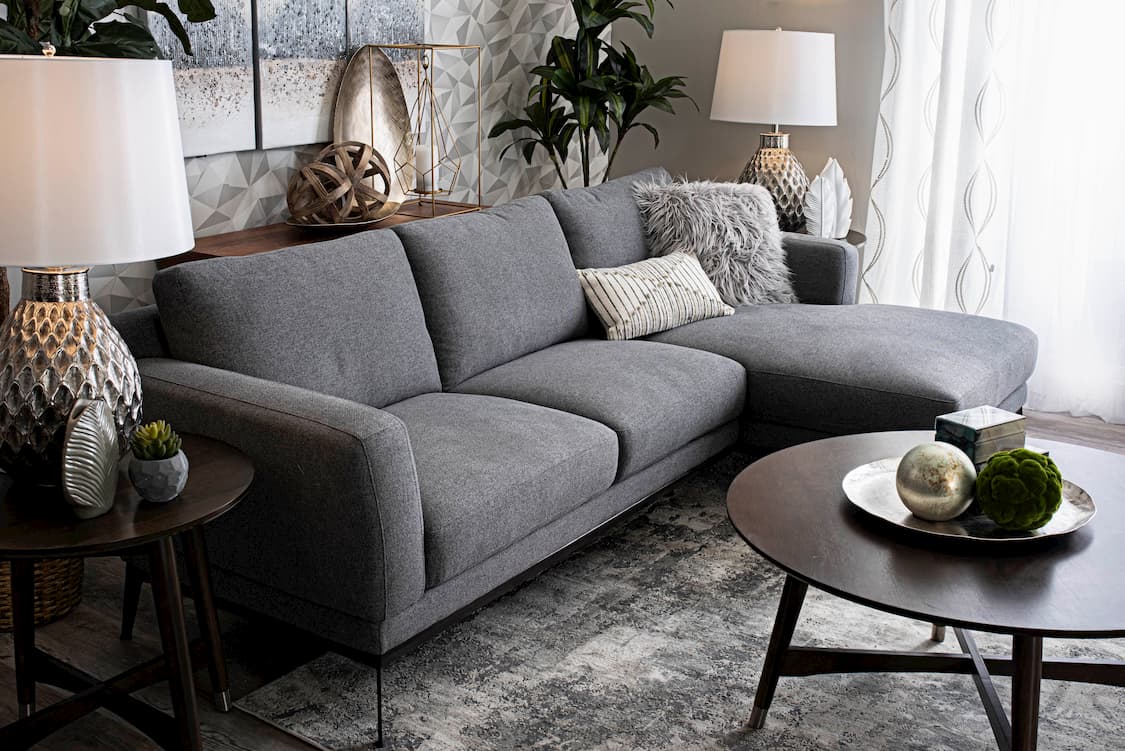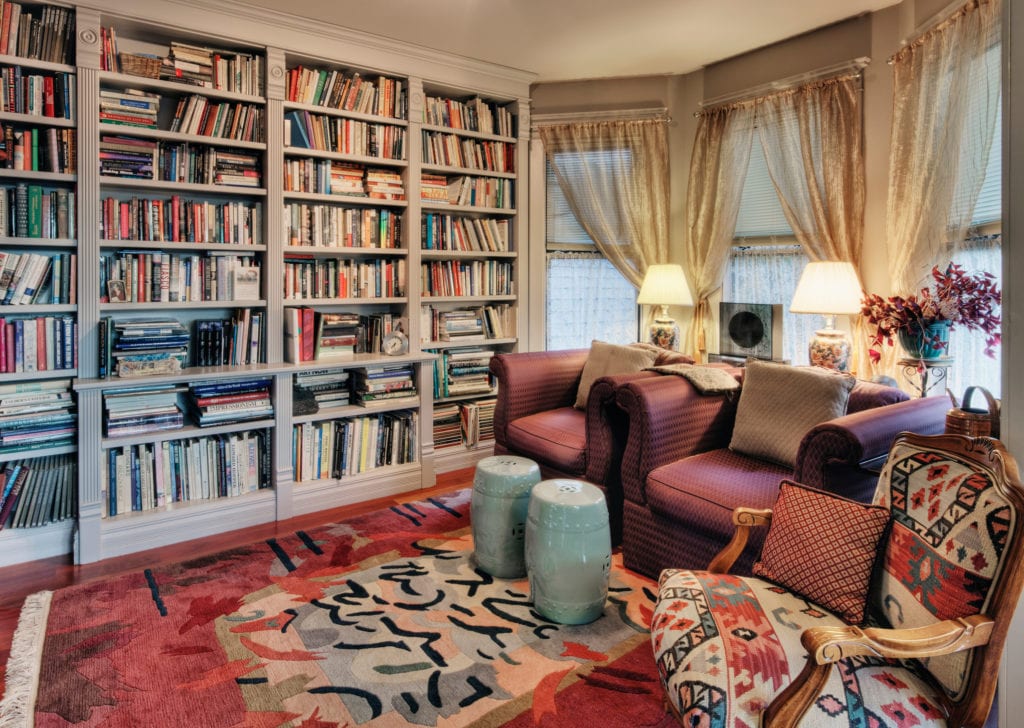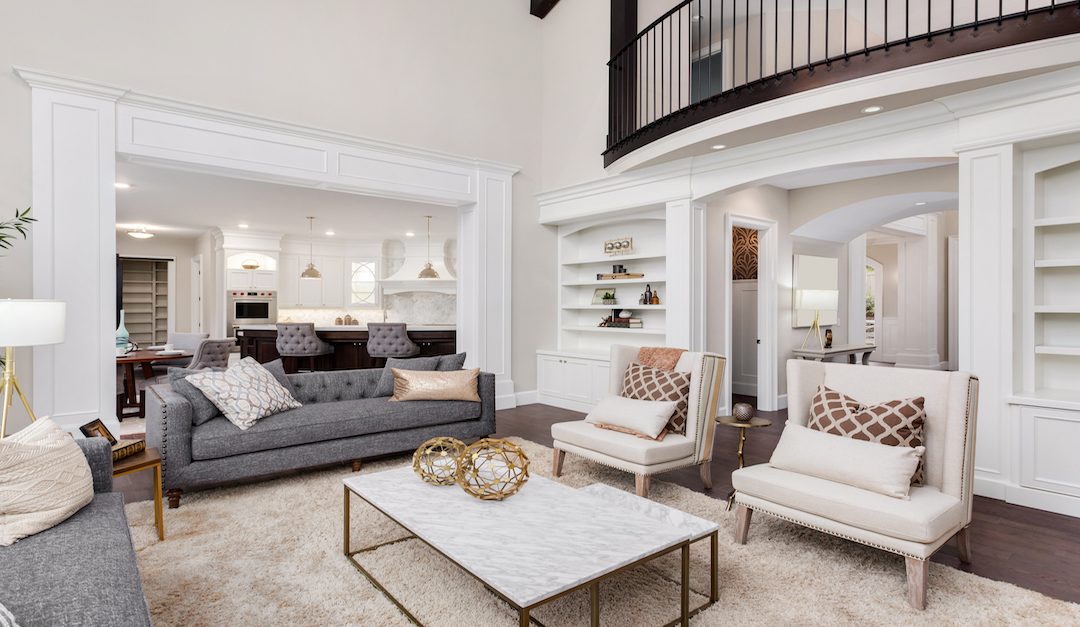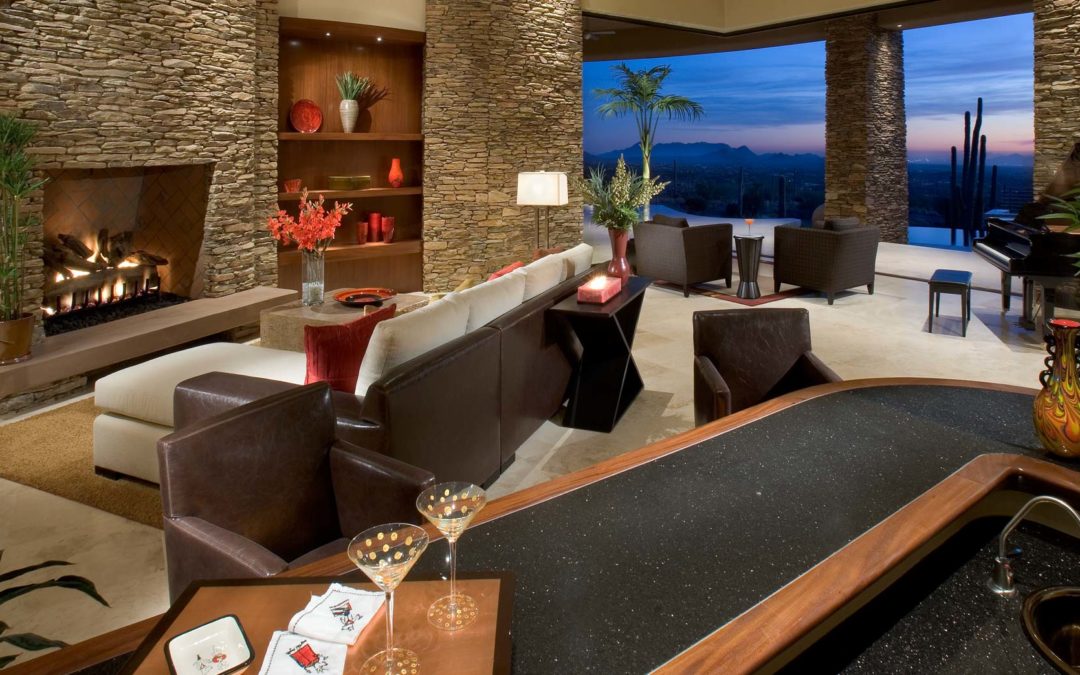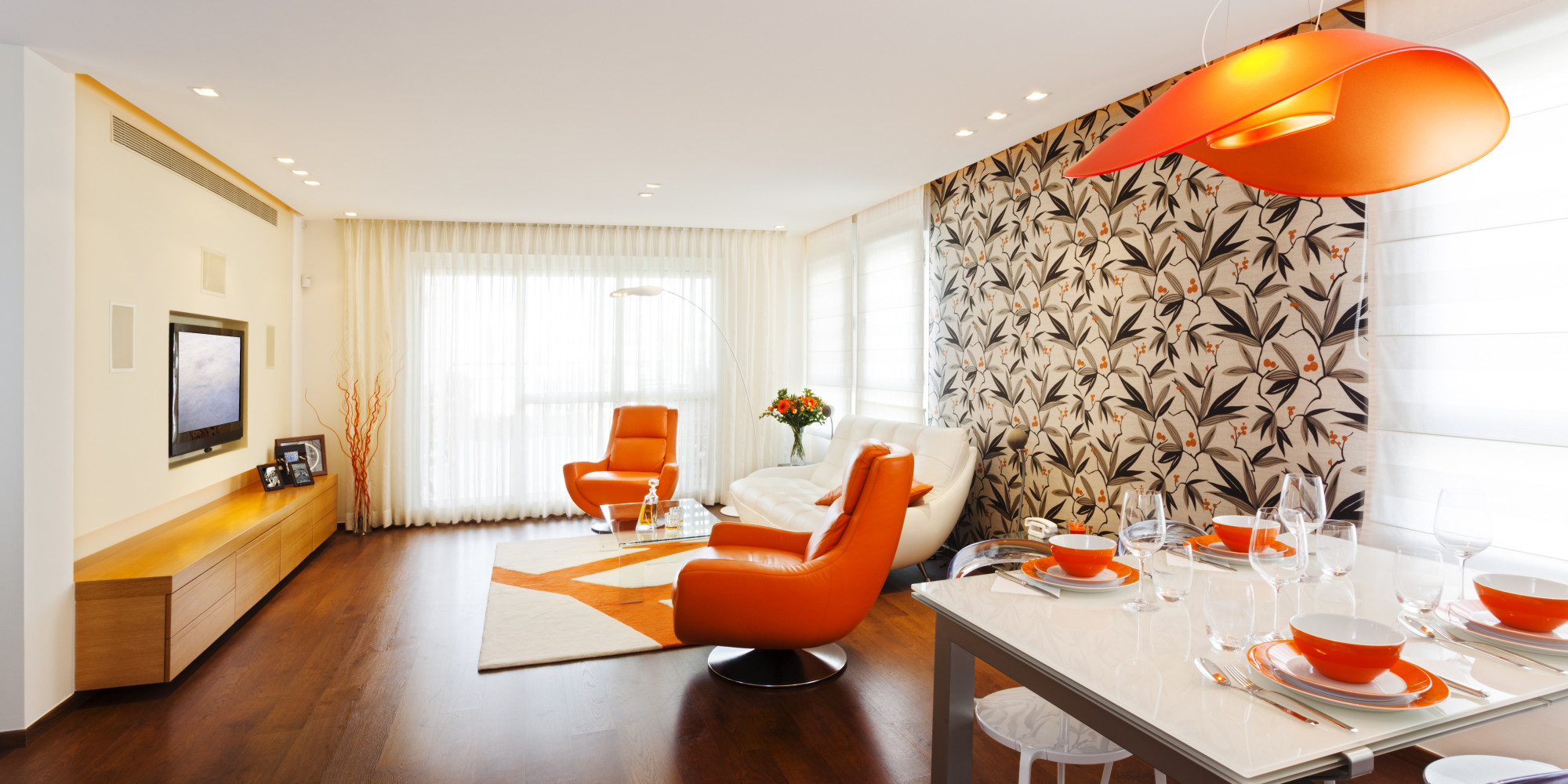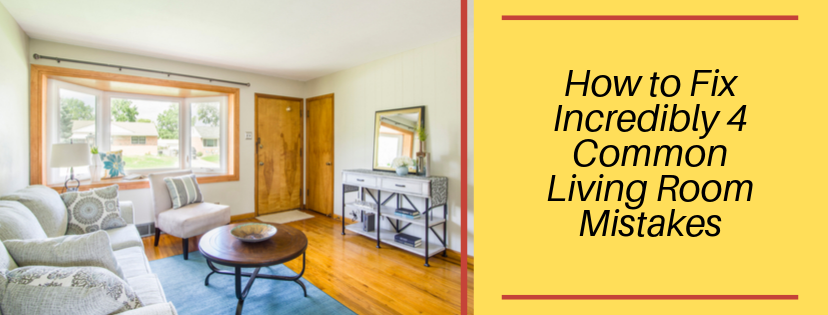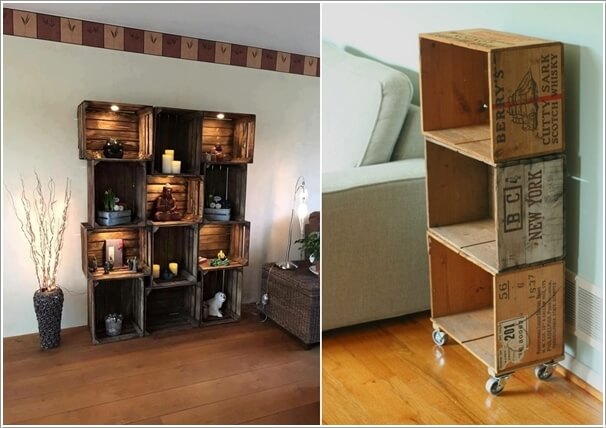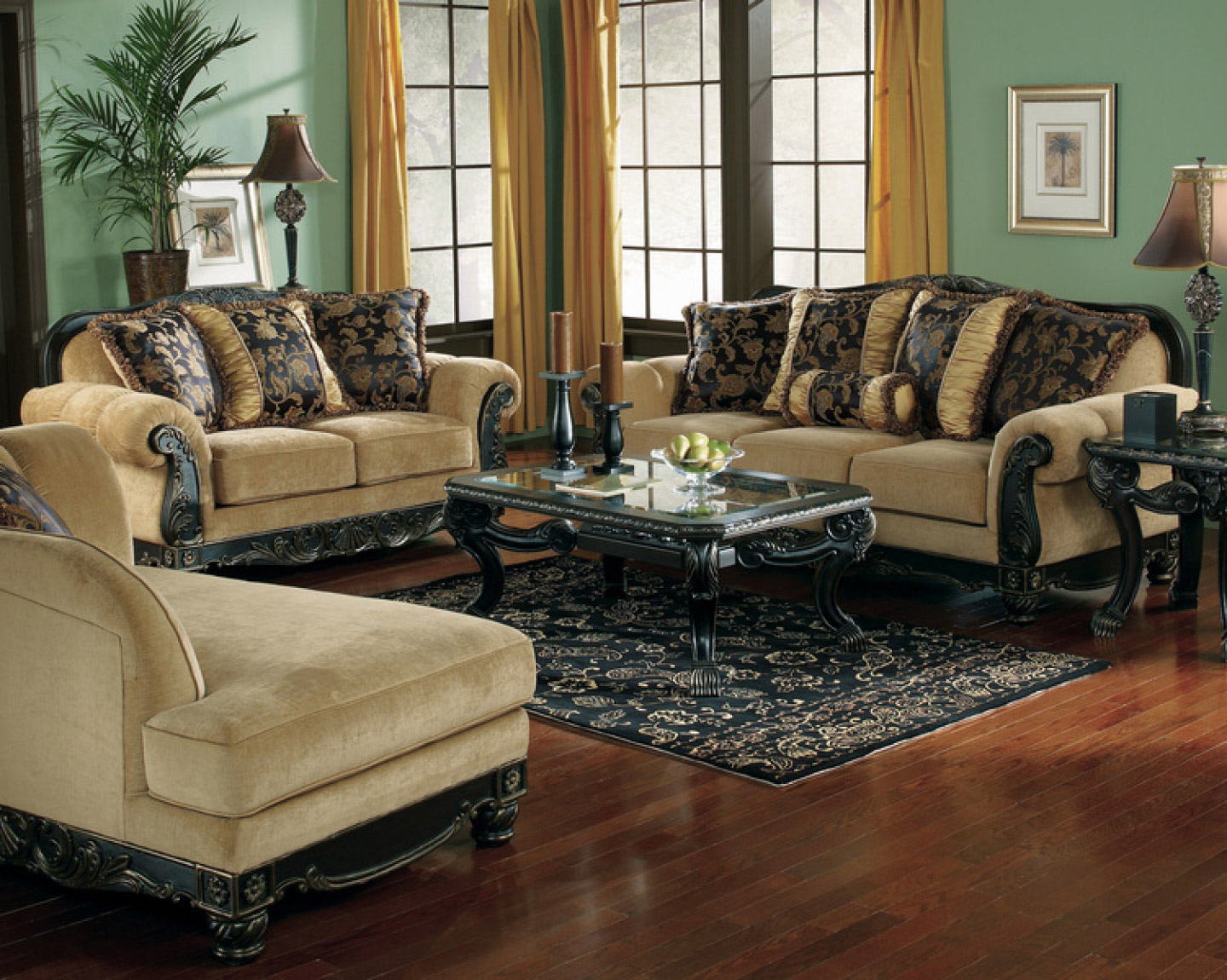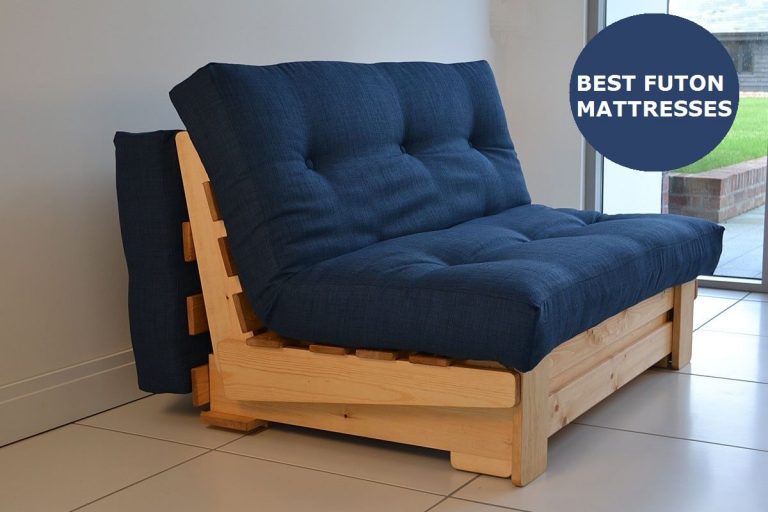When it comes to designing your living room, the arrangement of furniture plays a crucial role in setting the tone and functionality of the space. A well-arranged living room not only looks aesthetically pleasing but also creates a comfortable and inviting atmosphere for you and your guests. However, achieving the perfect living room layout can be a daunting task, especially if you're not sure where to start. To help you out, we've compiled a list of the top 10 living room arrangement rules that will guide you in creating a functional and stylish space. Living Room Arrangement Rules
Before diving into the specific rules, it's important to understand some general guidelines for living room layout. First, consider the size and shape of your living room and how you want to use the space. This will determine the type and amount of furniture you need. Next, think about the focal point of the room, whether it's a fireplace, TV, or a stunning view. Arrange your furniture around this focal point to create a cohesive and visually appealing layout. Living Room Layout Guidelines
Now, let's get into the specific rules for arranging your living room furniture. First and foremost, leave enough space for people to move around comfortably. A crowded and cluttered living room is not conducive to relaxation and conversation. Leave at least 3 feet of space between furniture pieces to allow for easy movement. Additionally, make sure your furniture is not blocking any doorways or pathways. Living Room Furniture Placement Tips
One of the main goals of living room arrangement is to create a conversation area. This can be achieved by arranging your furniture in a U-shape or L-shape, with the seating facing each other. This will encourage easy and comfortable conversation among your guests. Another important tip is to choose a focal point and arrange your furniture around it. This will create a sense of balance and harmony in your living room. How to Arrange Your Living Room
When arranging your living room, it's important to keep in mind some design principles. One of these is creating balance and symmetry. This can be achieved by placing similar or matching furniture pieces on either side of the room. Another principle is to vary the heights of your furniture to add visual interest. For example, you can pair a low sofa with a taller armchair. Living Room Design Principles
Now that you have a basic understanding of the rules and principles, let's explore some specific living room arrangement ideas. If you have a small living room, consider using multipurpose furniture such as a storage ottoman or a sofa bed. This will save space and add functionality to your room. For larger living rooms, you can create multiple conversation areas by using different groupings of furniture. Best Living Room Arrangement Ideas
Functionality is key when it comes to living room arrangement. You want to make sure the space is not only visually appealing but also serves its purpose. One way to achieve this is by using a coffee table with storage to keep clutter at bay. Another tip is to place your TV at eye level to avoid neck strain. Lastly, make sure there is enough lighting in the room, whether it's natural or artificial, to create a warm and welcoming ambiance. Creating a Functional Living Room Layout
To ensure you're on the right track with your living room arrangement, here are a few do's and don'ts to keep in mind. Do consider the traffic flow and leave enough space for movement. Do choose a focal point and arrange your furniture accordingly. Do mix and match different furniture pieces for visual interest. Don't block windows with furniture. Don't overcrowd the room with too much furniture. Don't place all your furniture against the walls, as this can make the room feel disconnected. Living Room Arrangement Do's and Don'ts
If you have a small living room, you may be wondering how to make the most of the space. One trick is to use mirrors to create the illusion of a larger room. You can also opt for furniture with exposed legs, as this creates a sense of openness and makes the room feel less cluttered. Additionally, using light and neutral colors on the walls and furniture can make the room appear more spacious. Maximizing Space in Your Living Room
Even with all the rules and tips, it's easy to make mistakes when arranging your living room. One common mistake is not considering the scale and proportion of your furniture. Make sure the size of your furniture is appropriate for your living room and doesn't overwhelm the space. Another mistake is not having enough seating. Make sure you have enough seating for both everyday use and when you have guests over. Lastly, don't forget to add personal touches and décor to make the space feel more inviting and reflective of your personality. Common Mistakes in Living Room Arrangement
Create a Focal Point
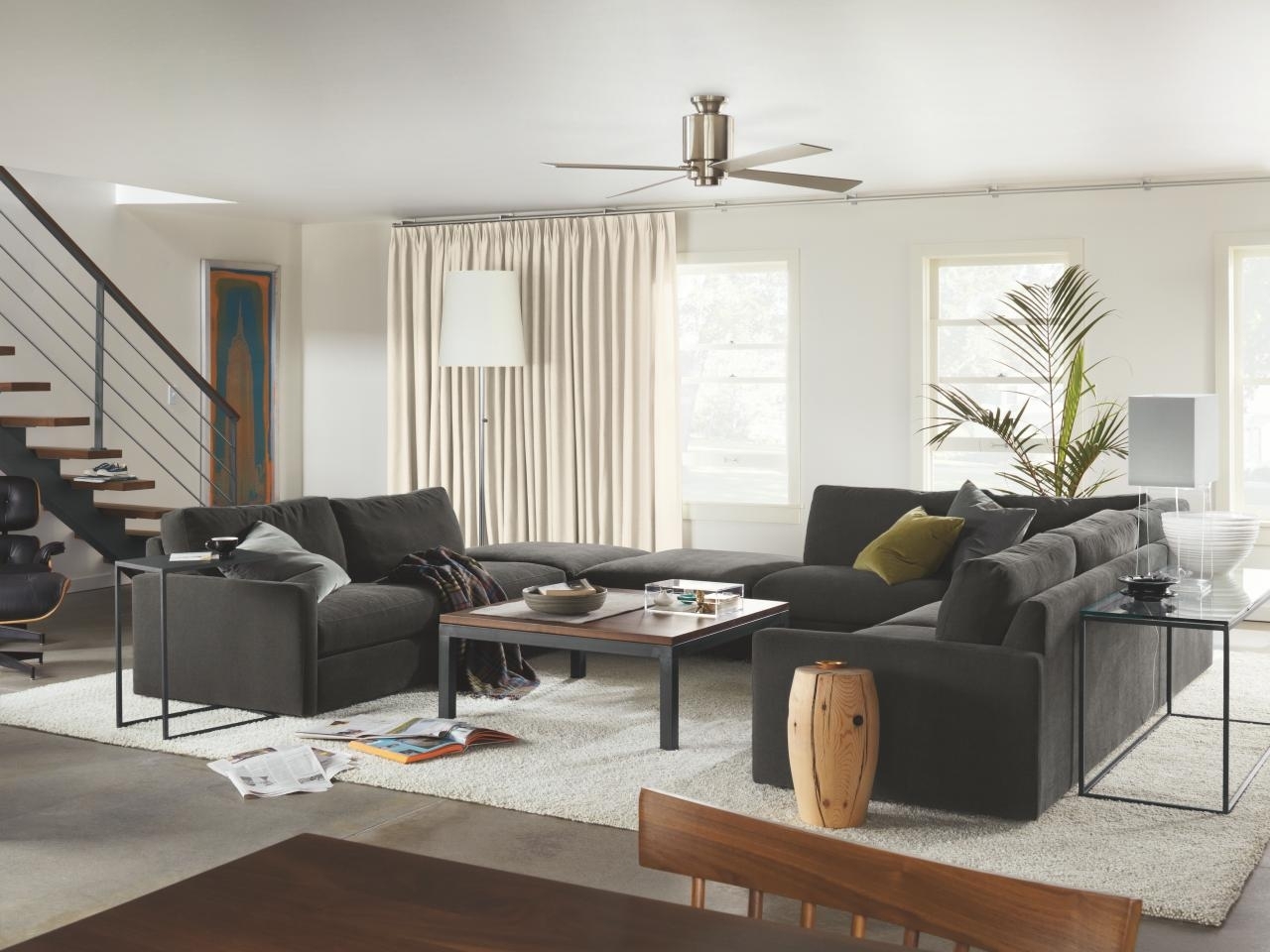
Make a Statement with Your Furniture Arrangement
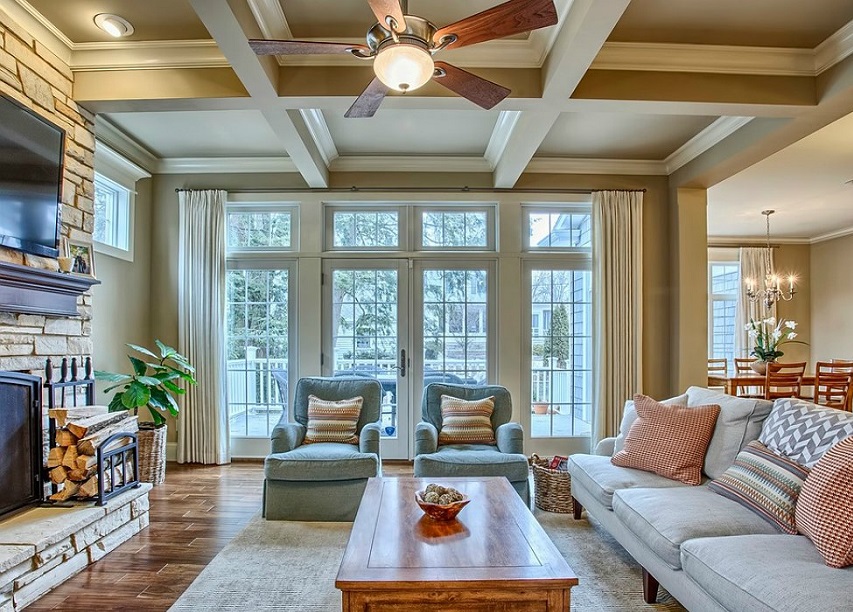 One of the key elements of a well-designed living room is a focal point. This is the main attraction of the room, drawing the eye and setting the tone for the entire space. When arranging your living room, it's important to consider what you want your focal point to be and how you can best showcase it.
Featured keywords:
living room arrangement, house design, focal point.
There are many options for a focal point in a living room, and it all depends on your personal style and the layout of your space.
Main keywords:
living room arrangement rules
suggest that the focal point should be the main seating area, such as a sofa or a set of chairs. This allows for a cozy and inviting atmosphere, perfect for entertaining or just relaxing.
However, if you have a fireplace, a large window with a beautiful view, or a piece of artwork that you want to showcase, these can also serve as great focal points.
Main keywords:
house design
experts recommend arranging the furniture around these elements to draw attention to them and create a sense of balance in the room.
To make a statement with your furniture arrangement, consider using an
SEO-optimized
creative
approach. For example, if you have a fireplace, arrange your furniture in a symmetrical manner around it, with a sofa and two armchairs facing each other. This creates a sense of harmony and makes the fireplace the center of attention.
If your living room doesn't have a natural focal point, you can create one by using a bold piece of furniture, such as a colorful couch or a unique coffee table. This will not only add visual interest to the room but also serve as a conversation starter.
In addition to the focal point, it's important to consider the flow of the room when arranging your furniture. Make sure there is enough space for people to move around comfortably, and that there is a clear path from the entrance to the seating area. This will ensure that your living room is not only aesthetically pleasing but also functional.
In conclusion, creating a focal point in your living room can elevate the overall
house design
and make it a welcoming and inviting space. Whether it's a fireplace, a large window, or a statement piece of furniture, make sure to arrange your furniture around it to draw attention and create a sense of balance. With these
living room arrangement rules
in mind, you can create a beautiful and functional living room that reflects your personal style and enhances your home.
One of the key elements of a well-designed living room is a focal point. This is the main attraction of the room, drawing the eye and setting the tone for the entire space. When arranging your living room, it's important to consider what you want your focal point to be and how you can best showcase it.
Featured keywords:
living room arrangement, house design, focal point.
There are many options for a focal point in a living room, and it all depends on your personal style and the layout of your space.
Main keywords:
living room arrangement rules
suggest that the focal point should be the main seating area, such as a sofa or a set of chairs. This allows for a cozy and inviting atmosphere, perfect for entertaining or just relaxing.
However, if you have a fireplace, a large window with a beautiful view, or a piece of artwork that you want to showcase, these can also serve as great focal points.
Main keywords:
house design
experts recommend arranging the furniture around these elements to draw attention to them and create a sense of balance in the room.
To make a statement with your furniture arrangement, consider using an
SEO-optimized
creative
approach. For example, if you have a fireplace, arrange your furniture in a symmetrical manner around it, with a sofa and two armchairs facing each other. This creates a sense of harmony and makes the fireplace the center of attention.
If your living room doesn't have a natural focal point, you can create one by using a bold piece of furniture, such as a colorful couch or a unique coffee table. This will not only add visual interest to the room but also serve as a conversation starter.
In addition to the focal point, it's important to consider the flow of the room when arranging your furniture. Make sure there is enough space for people to move around comfortably, and that there is a clear path from the entrance to the seating area. This will ensure that your living room is not only aesthetically pleasing but also functional.
In conclusion, creating a focal point in your living room can elevate the overall
house design
and make it a welcoming and inviting space. Whether it's a fireplace, a large window, or a statement piece of furniture, make sure to arrange your furniture around it to draw attention and create a sense of balance. With these
living room arrangement rules
in mind, you can create a beautiful and functional living room that reflects your personal style and enhances your home.







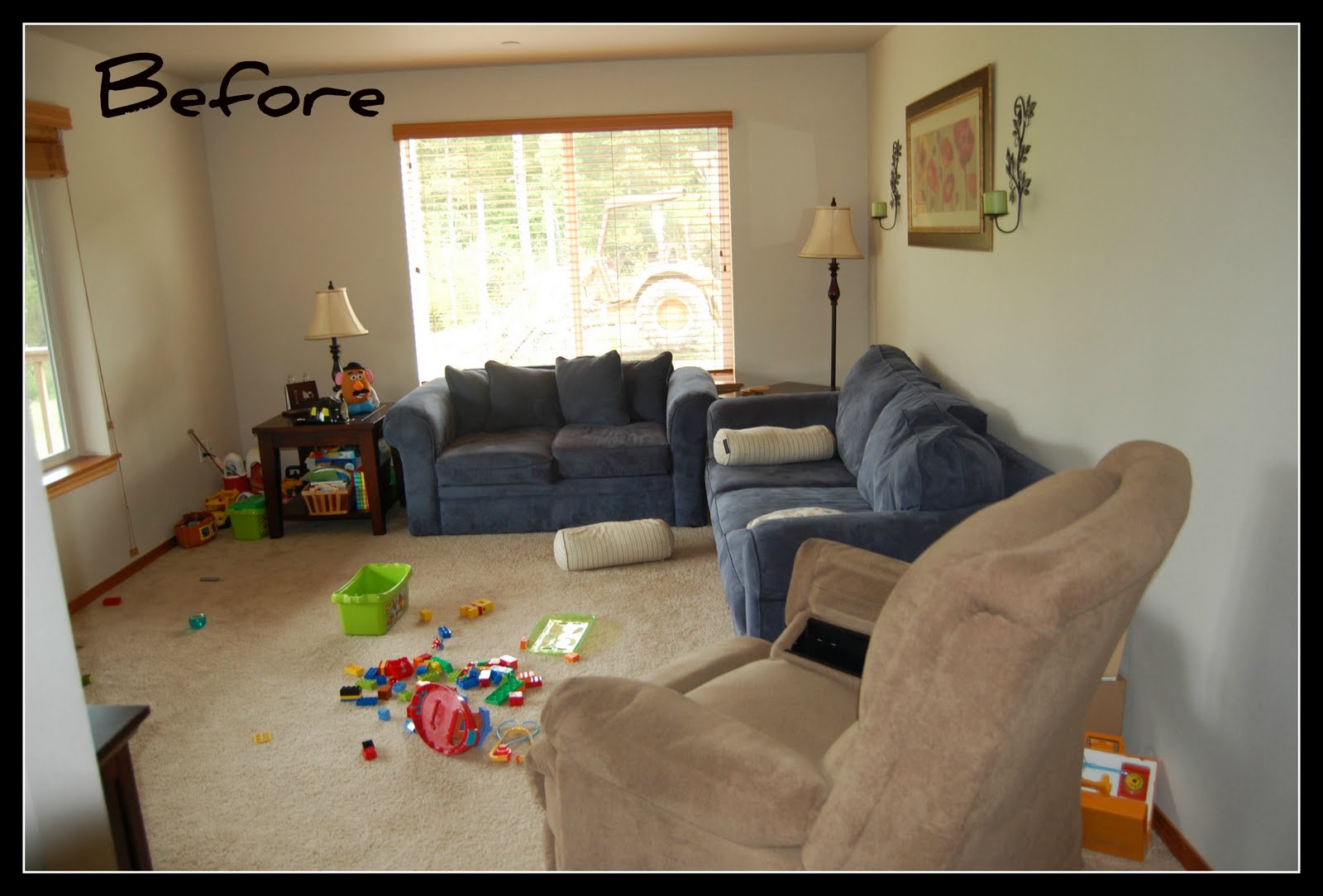


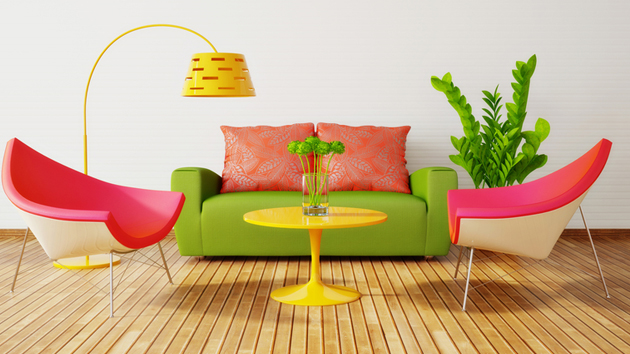
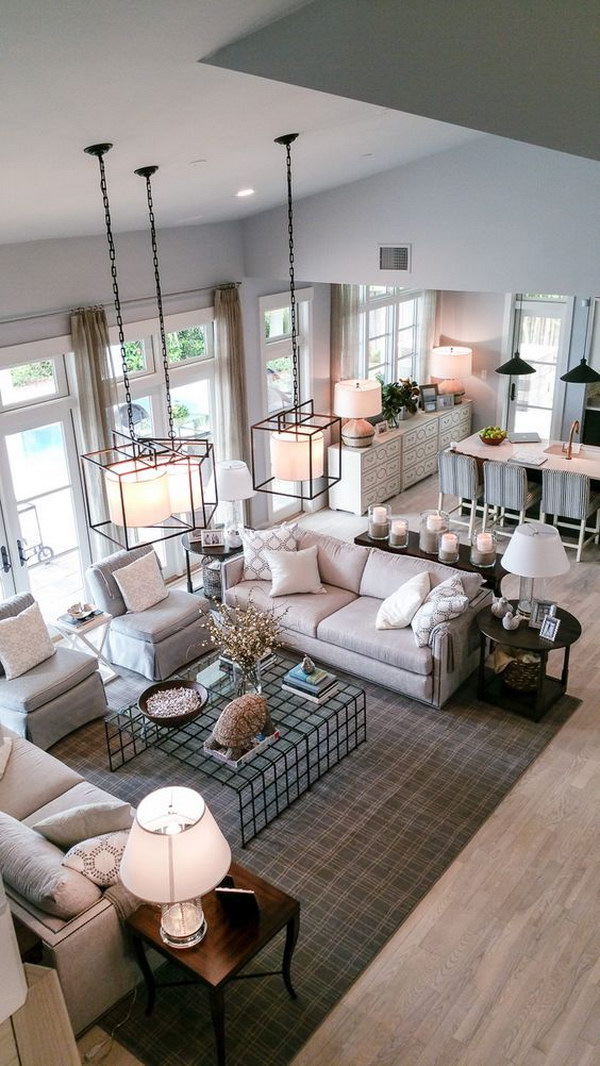




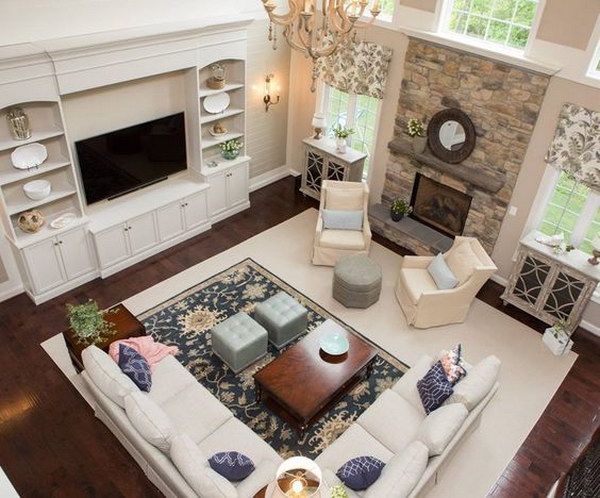
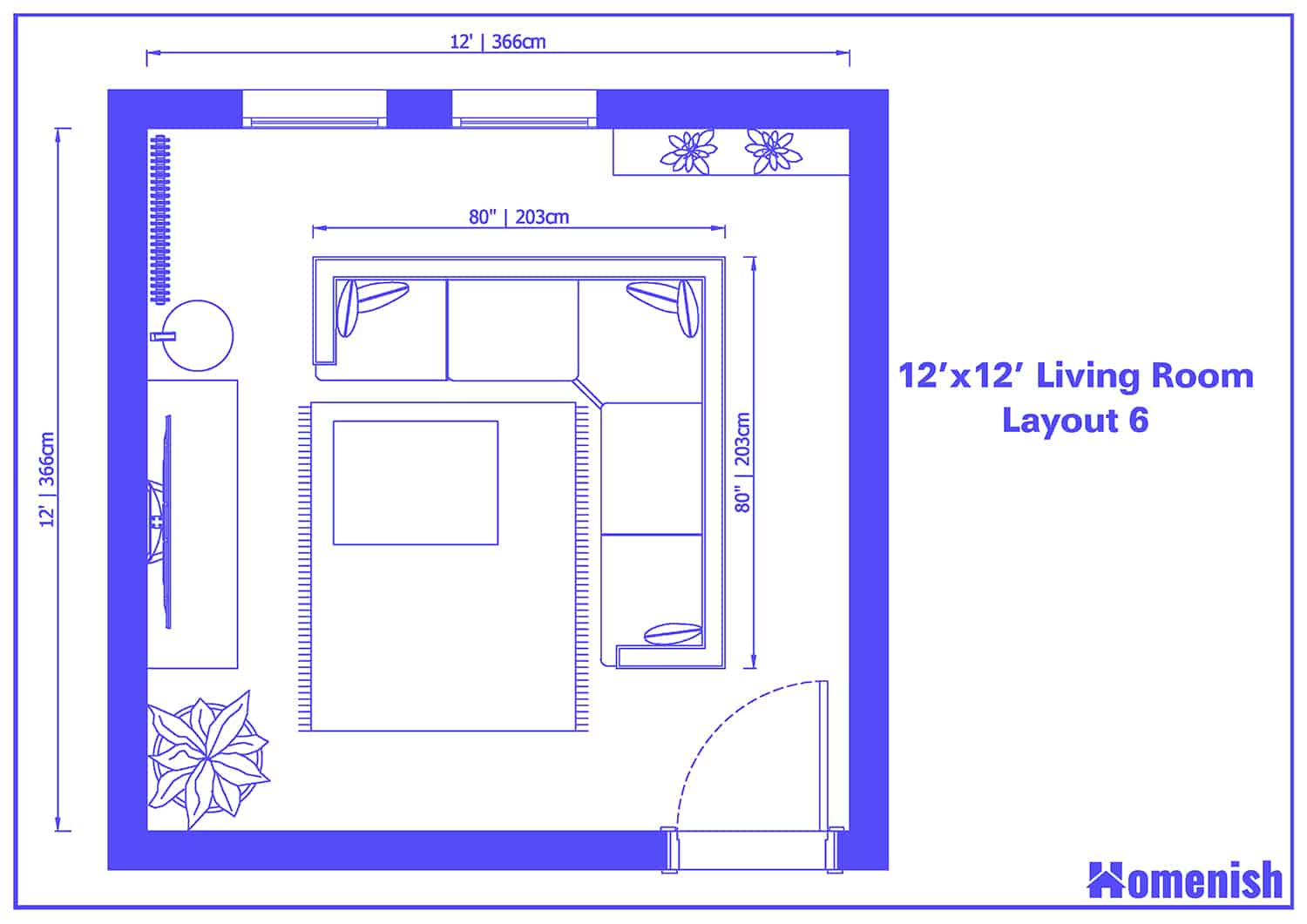
:max_bytes(150000):strip_icc()/DesignandPhotobyAjaiGuyot_LivingRoomRefresh_4-641f386e2aff417eb5befb599345a216.jpeg)
:strip_icc()/cdn.cliqueinc.com__cache__posts__198376__best-laid-plans-3-airy-layout-plans-for-tiny-living-rooms-1844424-1469133480.700x0c-825ef7aaa32642a1832188f59d46c079.jpg)
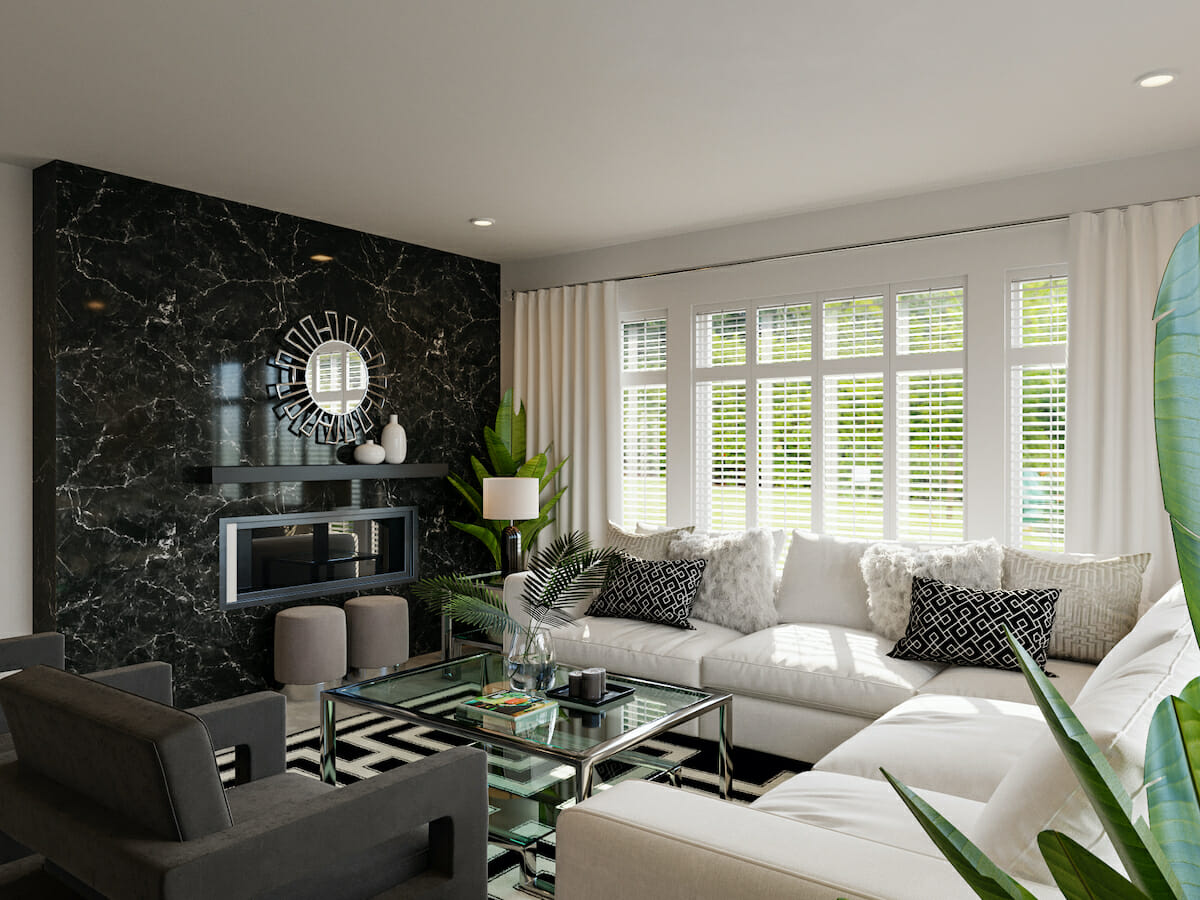
/GettyImages-9261821821-5c69c1b7c9e77c0001675a49.jpg)

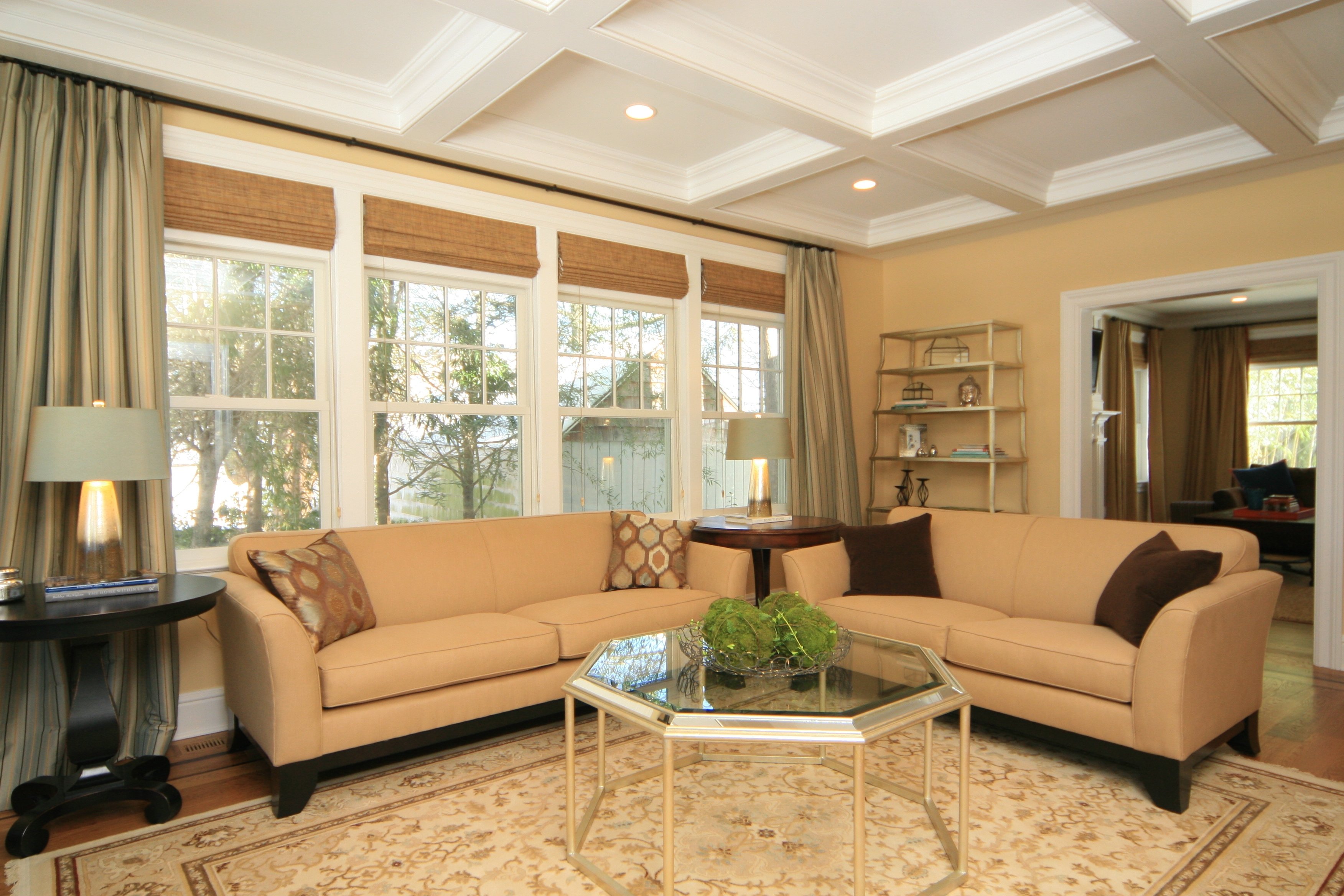








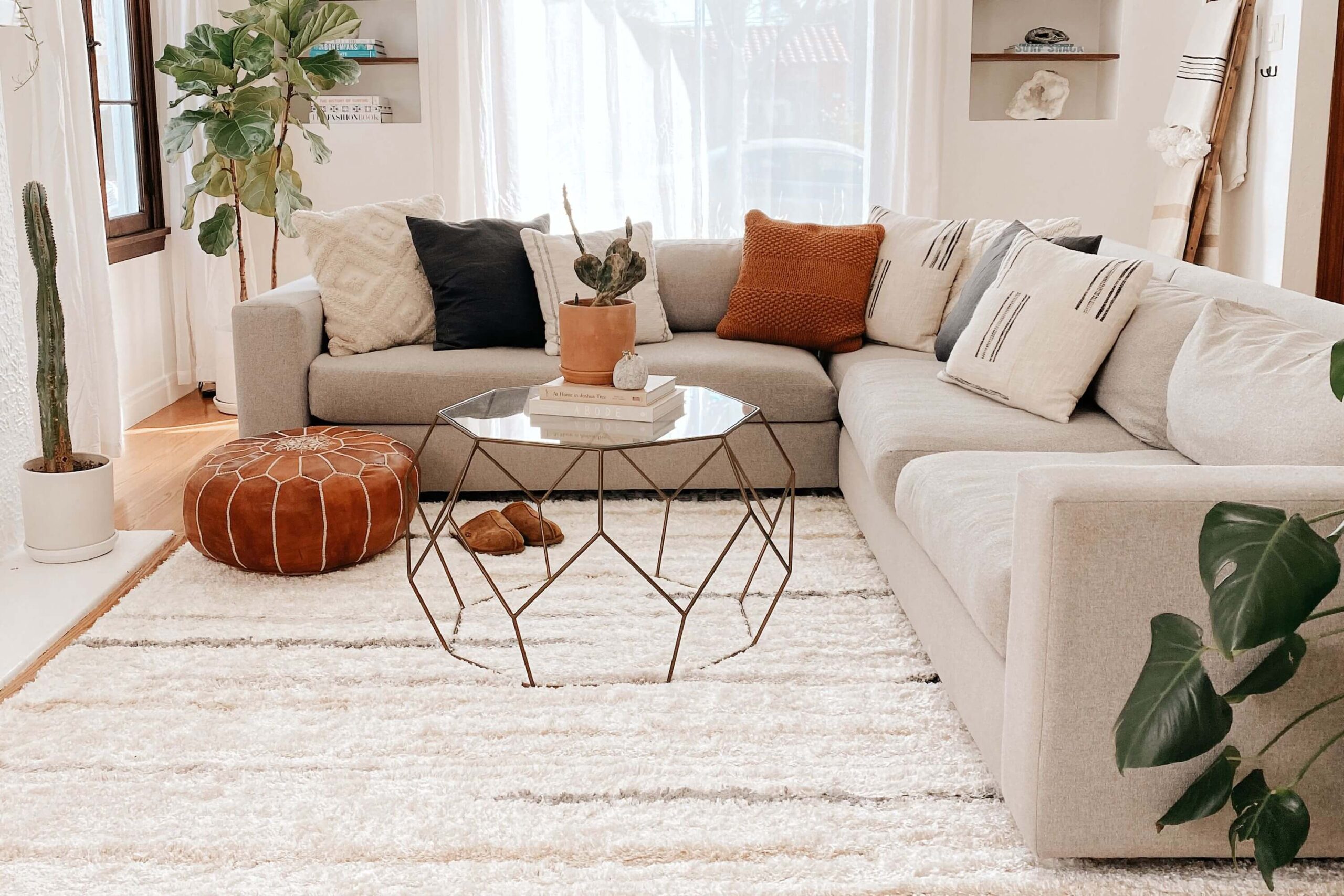

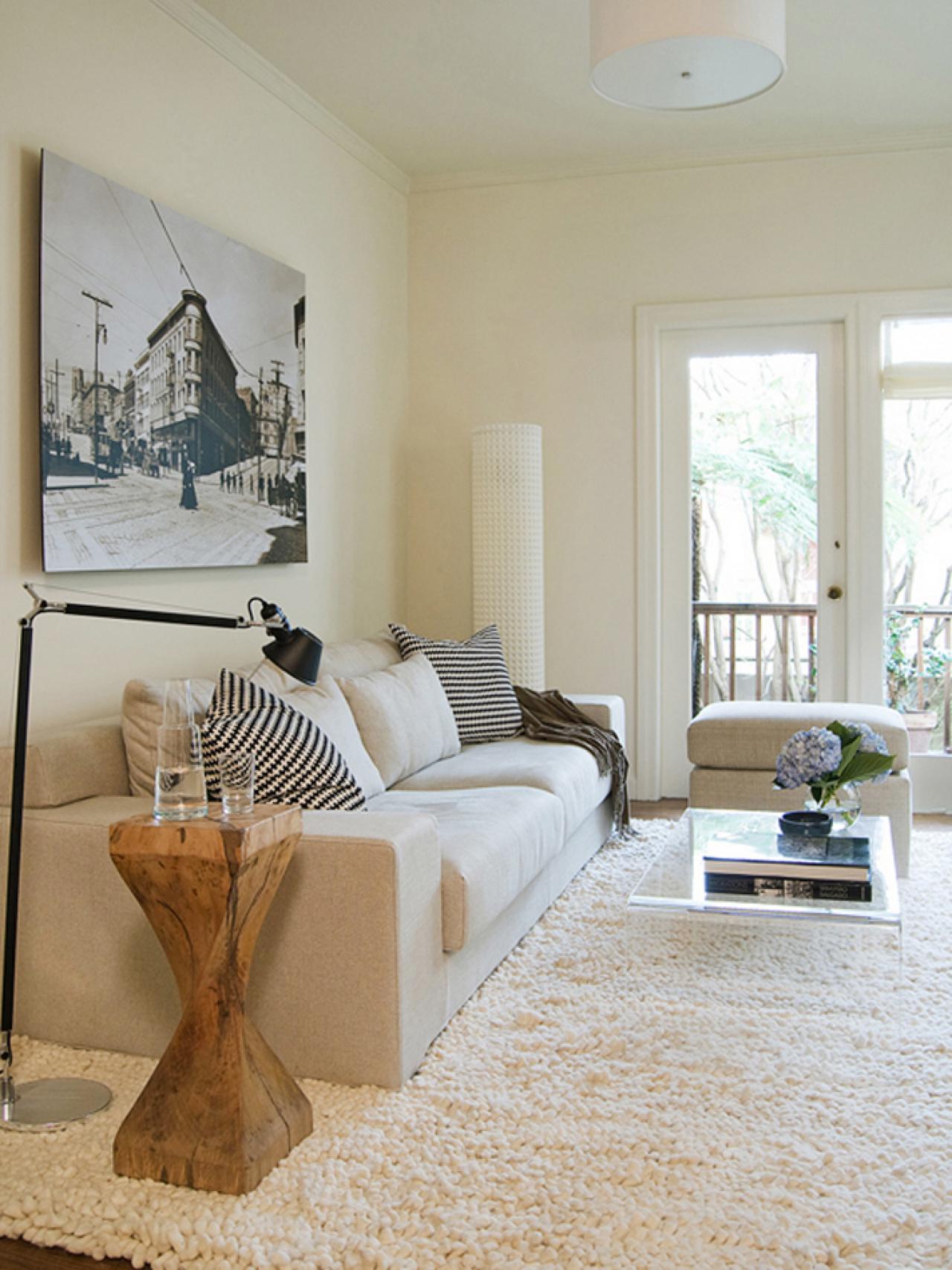
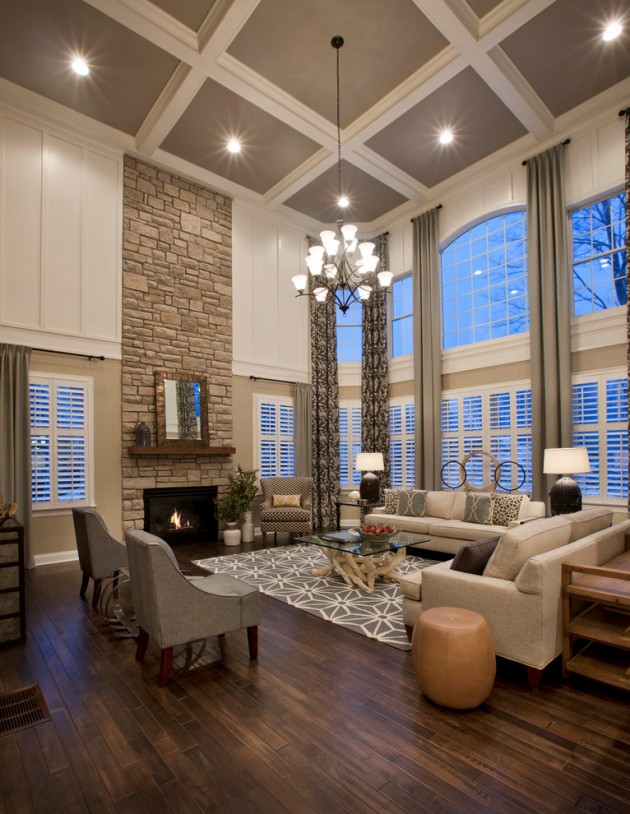




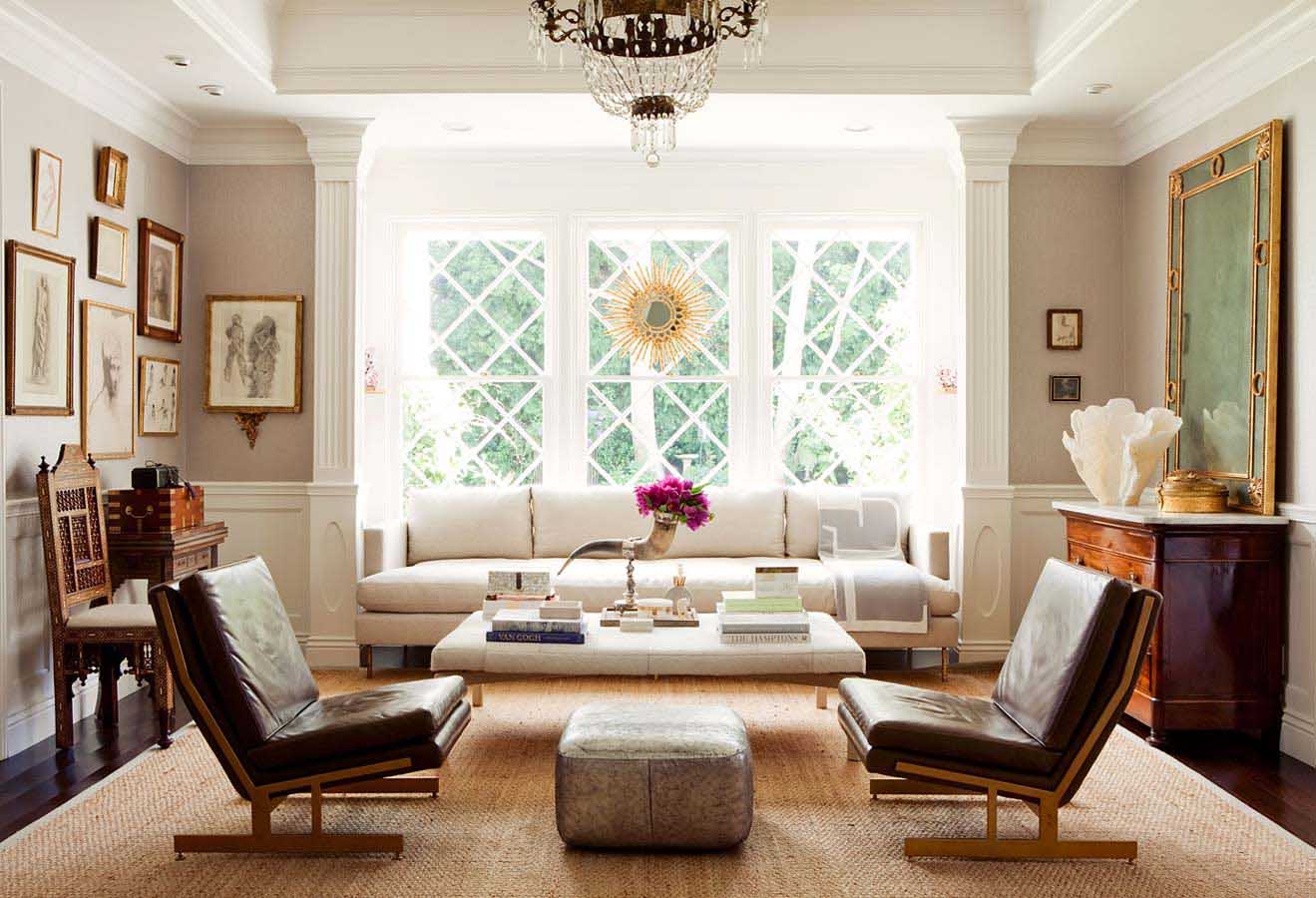
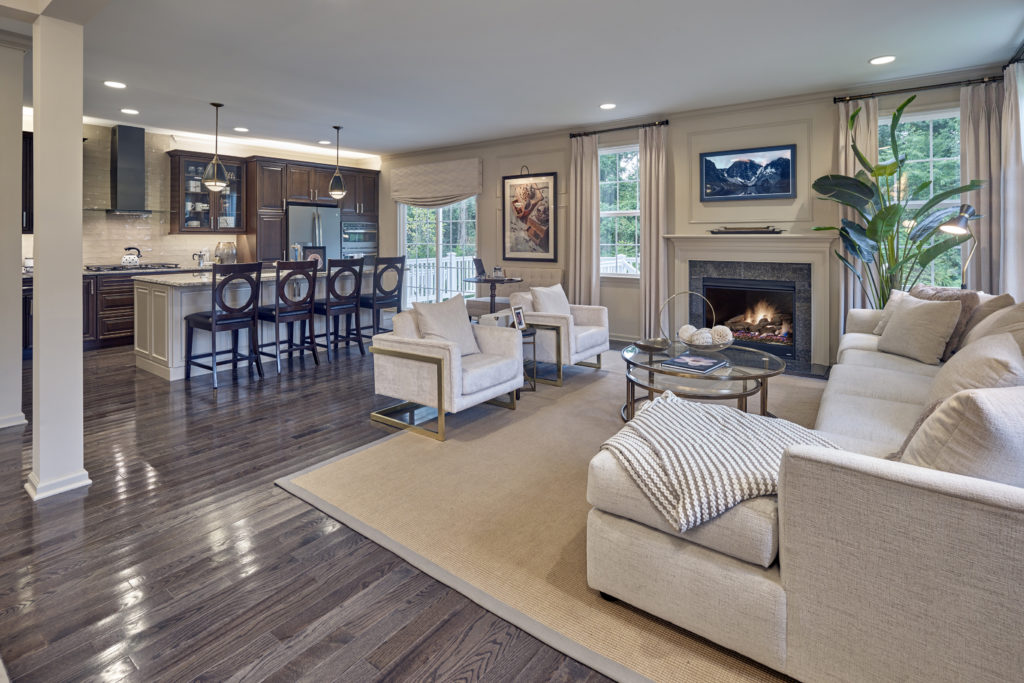


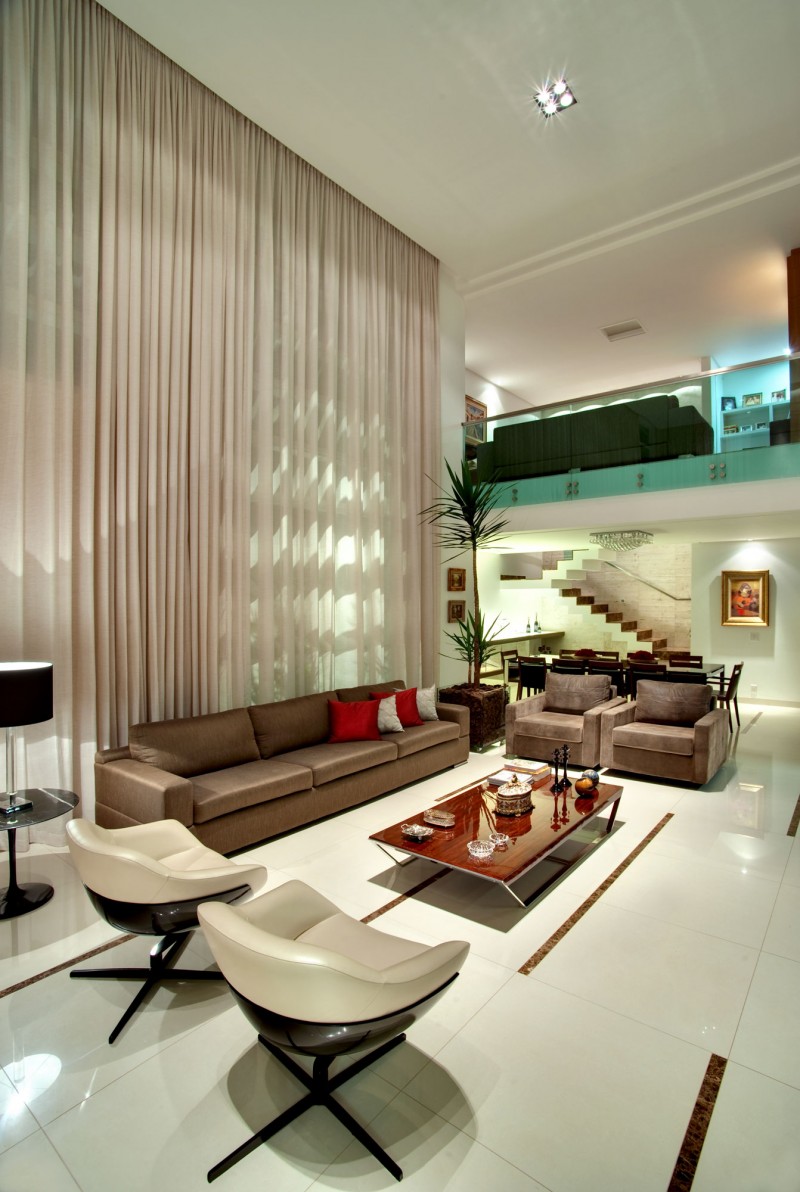



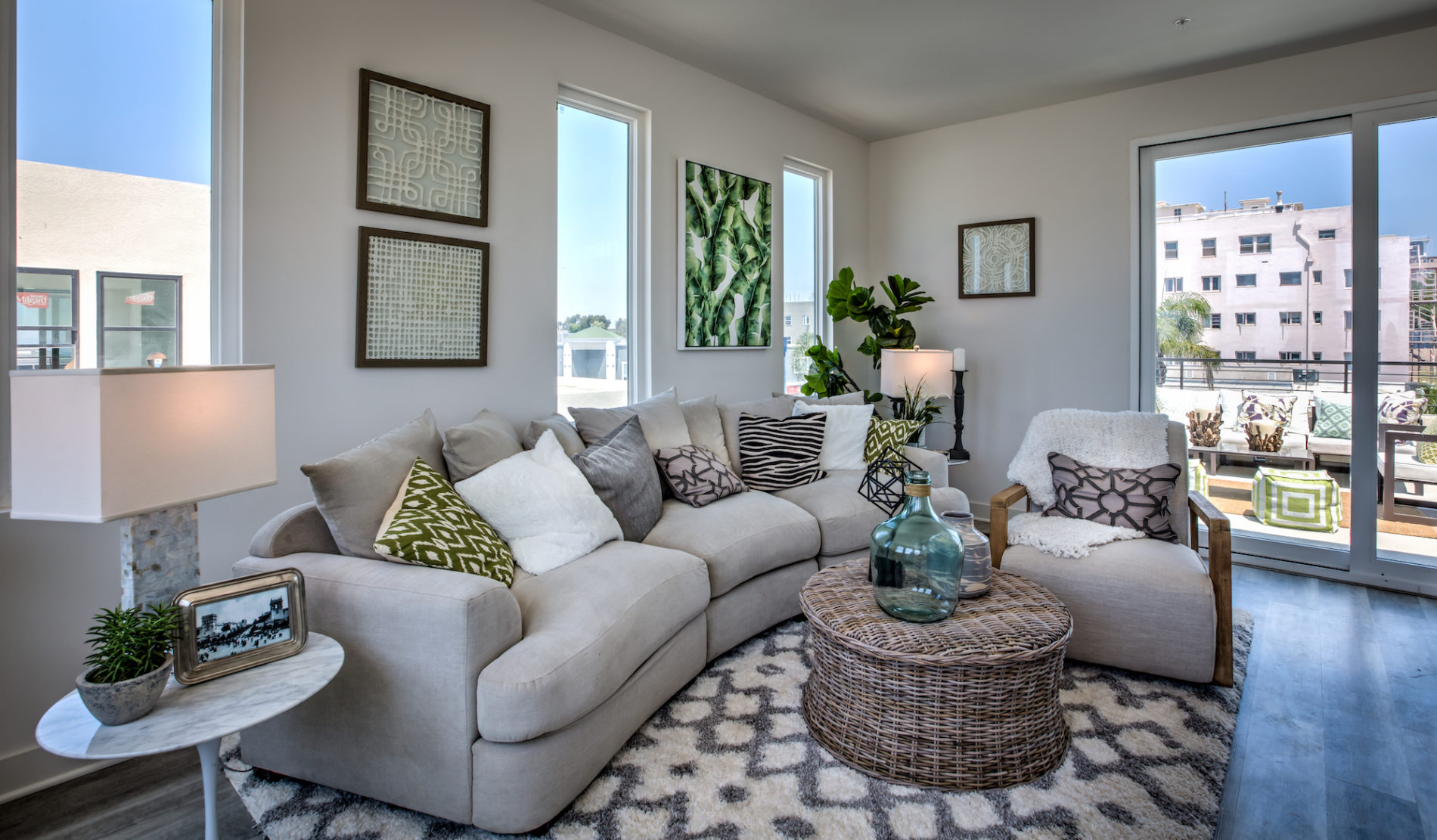


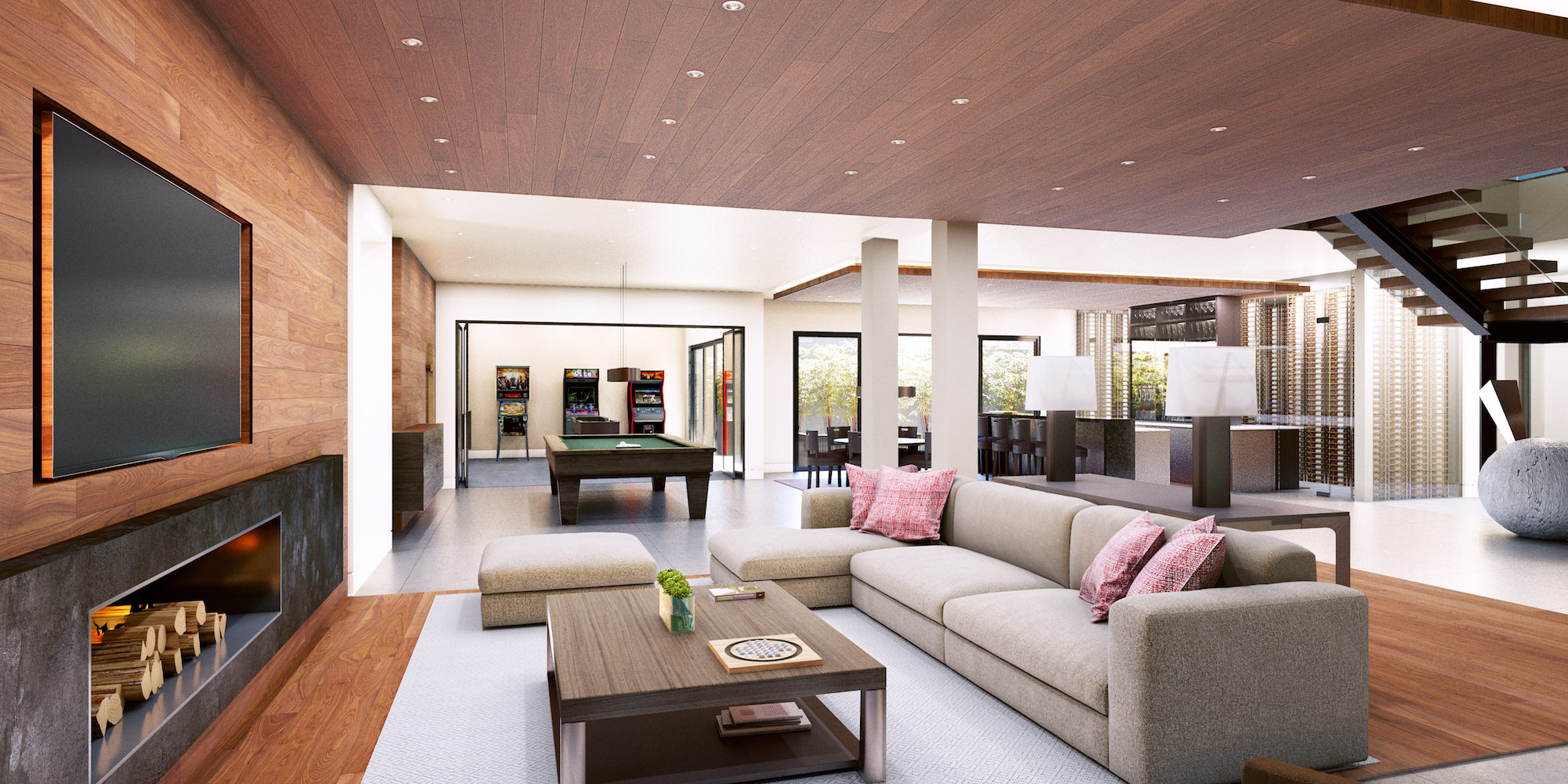

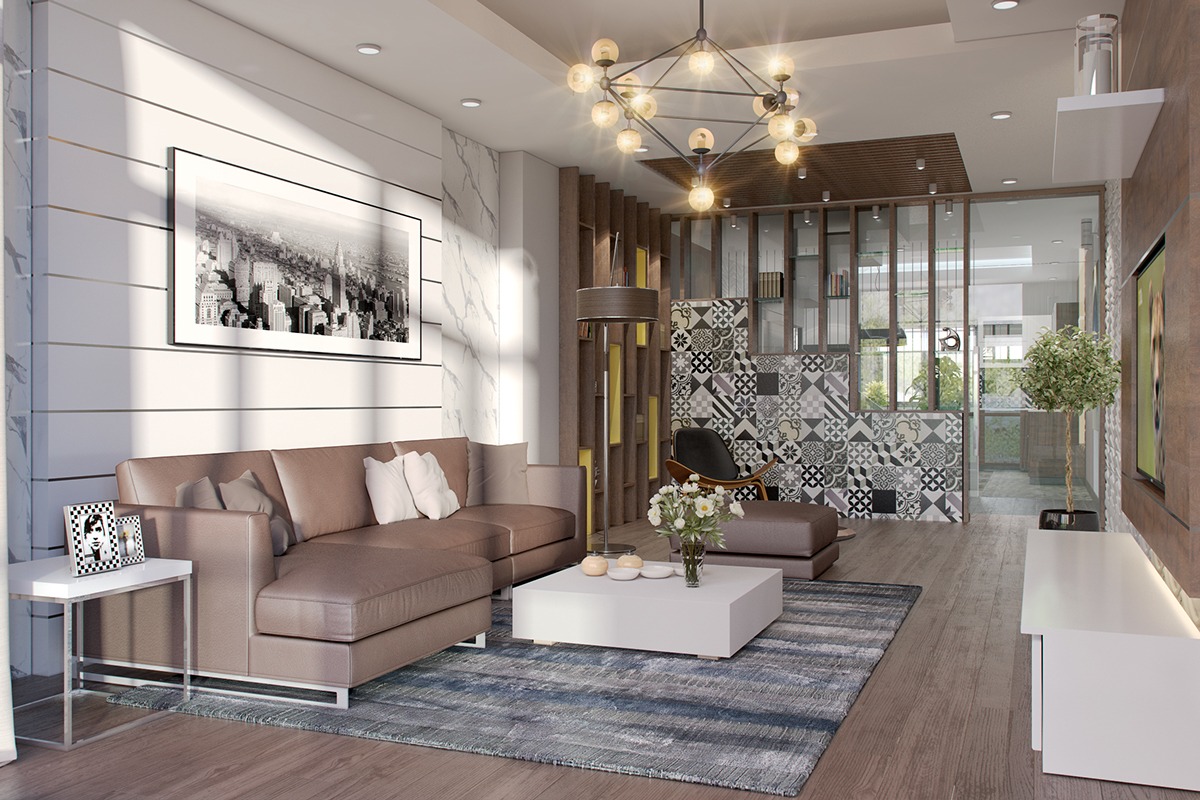
/Stocksy_txp6145e527HXb200_Medium_2521696-9271b058e379443192425d55ae0cdd5f.jpg)


/GettyImages-842254818-5bfc267446e0fb00260a3348.jpg)


